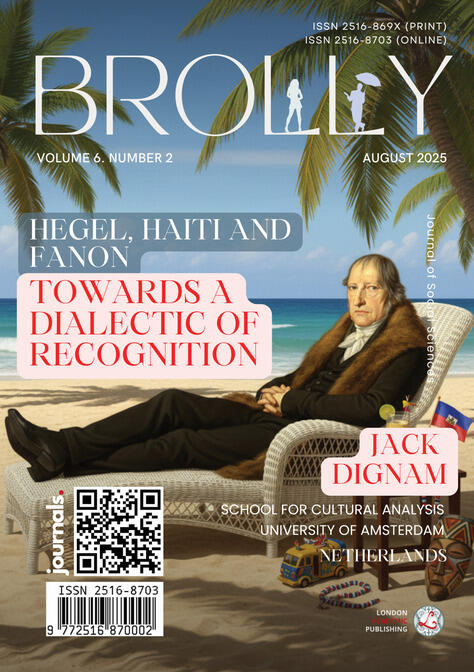The Social Construction of the Sexes in Post-War Germany
by
Abstract
Macroscopically, in the broader context, the emergence of women’s dominant role in society is attributed to the social reformations in the Sixties, not the reforms of the immediate post-war years. The normalisation of gender definitions foreshadowing people’s affairs was based on the principle of male power, whose agency was declared dogmatic and authoritarian within traditional societal norms (family, workplace, sexuality, the army, religion, or other personal beliefs). Gender inequalities in post-war society were evident, even though the ambivalence on gender hierarchies during the war did not persist. Women performed certain societal roles, mainly as canonised collaborative nuclear family figures. The impact of the war has proven robust not only on the art sector but also on everyday life and social activities that shape gender relations. At the end of the 1930s, the archetype of male soldiers, acting as the safeguard of the family and the homeland, was still lingering to create social figures.




